2015 was a crucial year in urban planning: For the first time, the “Right to the City” was mentioned and manifested in an official document of the United Nations, the New Urban Agenda. This important outcome of the Habitat III Conference is commendable, but now actions need to follow.
In our Urbanism Book Club read for October 2020, we read David Harvey’s “Rebel Cities”, a book looking into property rights and capitalism in cities. We complemented this with Henri Lefebvre’s “Right to the City”, a seminal work by one of the most important thinkers. See more here:
According to social scientists like David Harvey or Margit Mayer, the Right to the City (R2C) is a demand and request of and for all the residents of a city. According to Harvey,
“the Right to the City is far more than the individual liberty to access urban resources: it is a right to change ourselves by changing the city. It is, moreover, a common rather than an individual right since this transformation inevitably depends upon the exercise of a collective power to reshape the processes of urbanization. The freedom to make and remake our cities and ourselves is, I want to argue, one of the most precious yet most neglected of our human rights.”
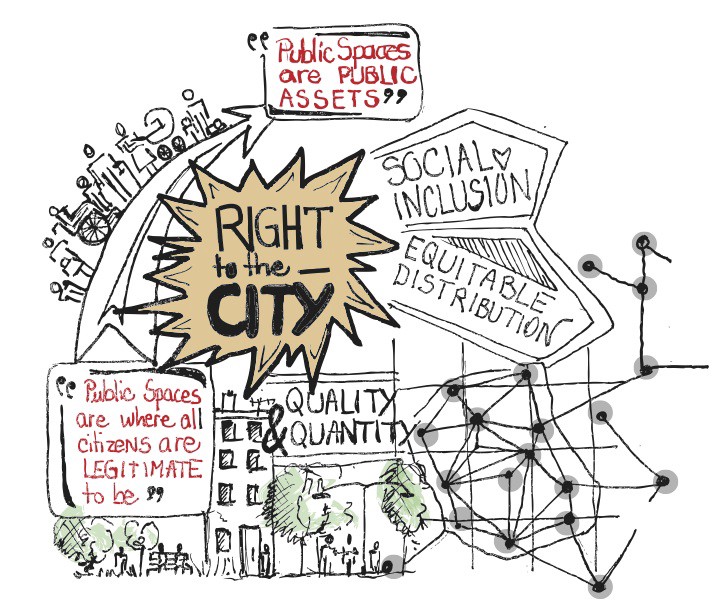
Around the world, there are many examples of citizens fighting for their right to participate in their cities. The movement is most prominent in Latin America. Brazil in particular is famous for embedding the Right to the City in several urban constitutions, with good results – read more here.
In my master’s thesis, I wrote about residents of an informal settlement in Accra, Ghana, who managed to change the discourse about their place of living, taking the Right to the City one step further by exerting a Right to Resist:
Participatory methods such as participatory budgeting are one of the best ways of implement the R2C. Additionally, guerrilla actions and demonstrations can help to exert this particular right, which is recognised by the United Nations – this means it has been accepted by all the countries who signed the New Urban Agenda!
What do you think of the Right to the City? Do you feel you can exert it in your city? Do you know whether it is part of your city’s constitution? Do you know of any examples where this right is particularly pertinent? Comment below!

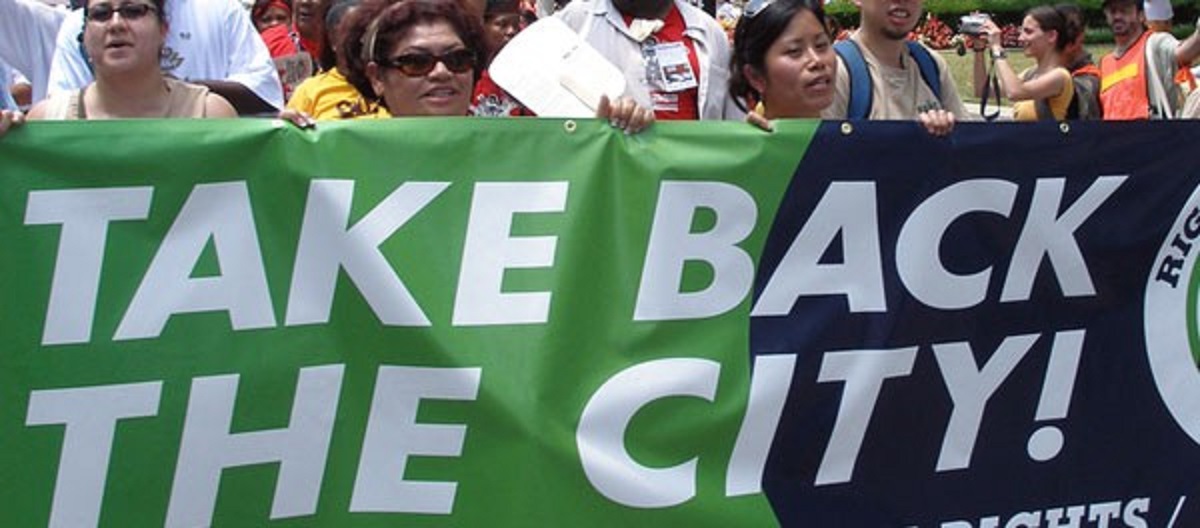



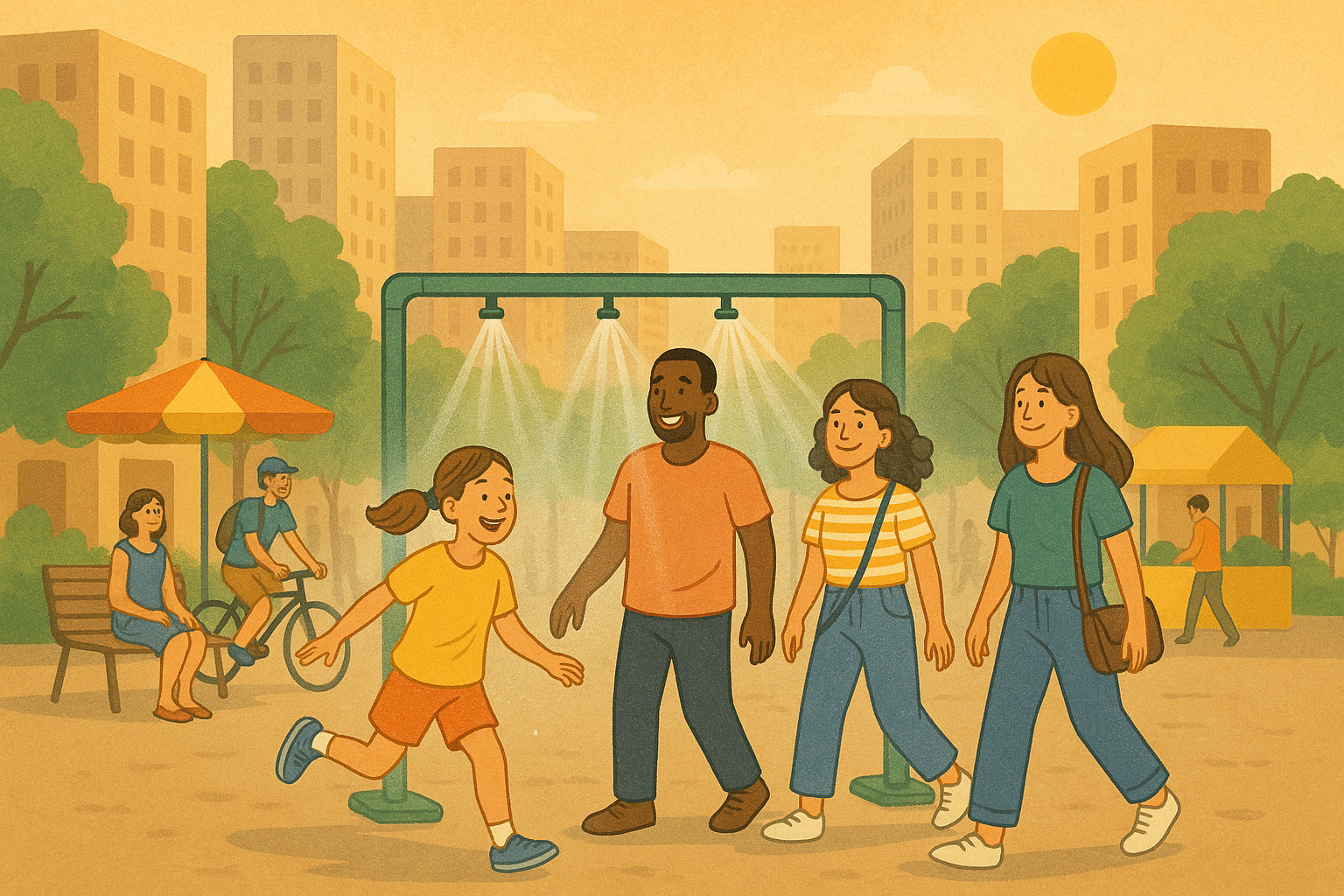
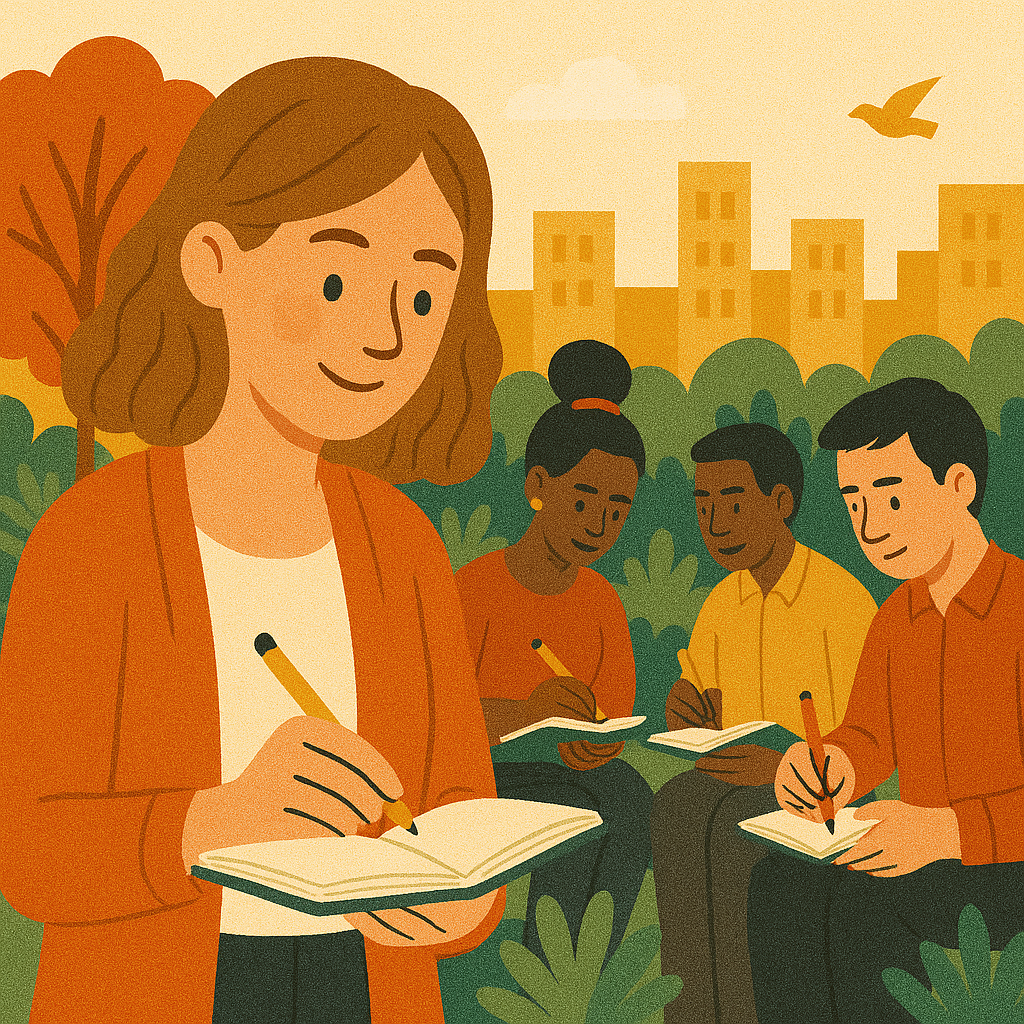
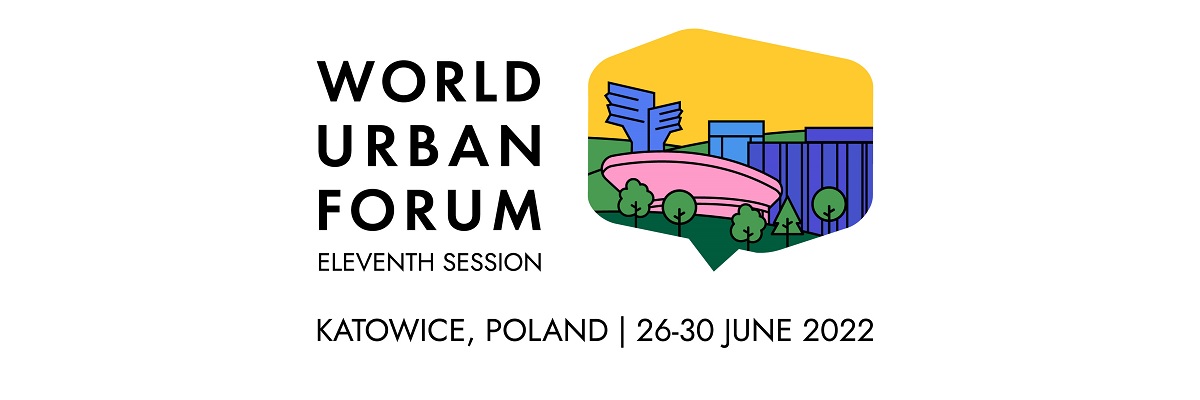



One Response